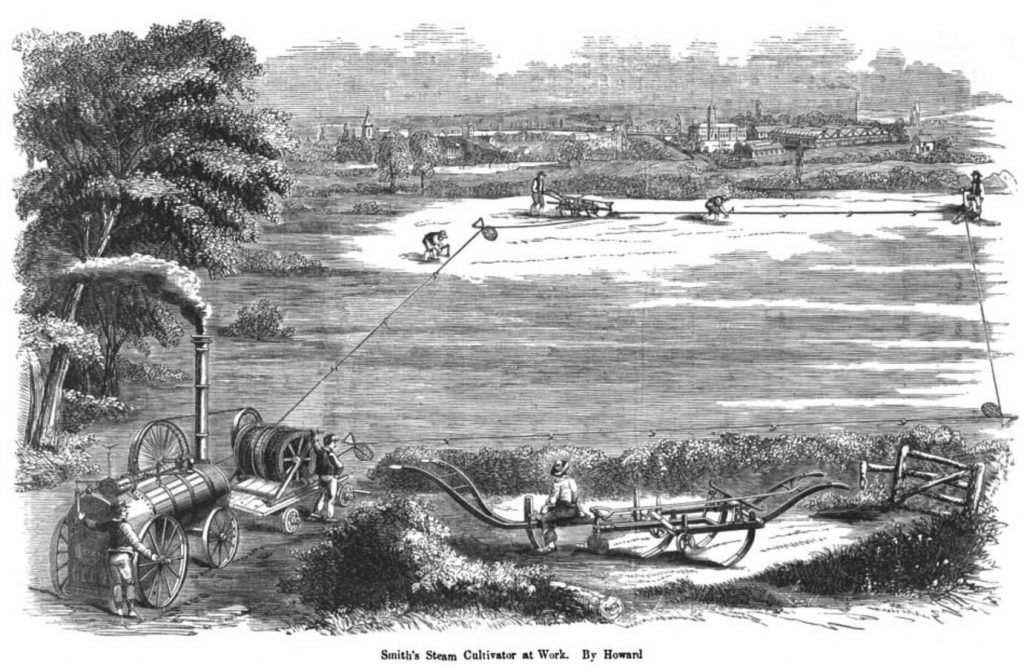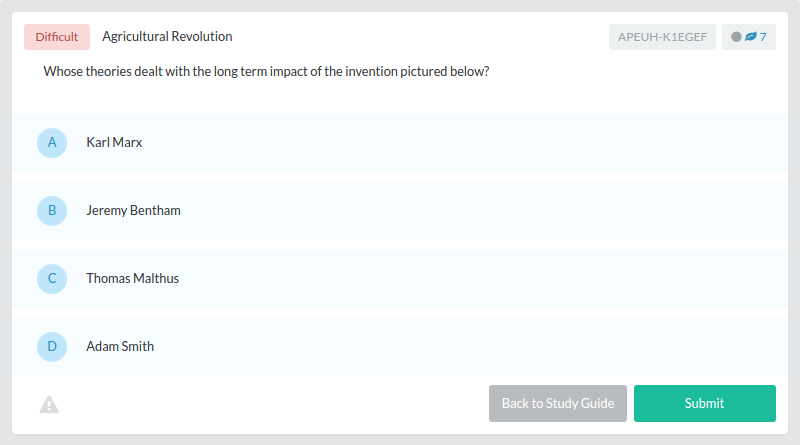Coke Definition Ap World History
Attention:This post was written a few years ago and may not reflect the latest changes in the AP® program. We are gradually updating these posts and will remove this disclaimer when this post is updated. Thank you for your patience!
Note: This article was released prior to the 2015-2016 revision to the AP® European History exam. In order to see what is still in the Course and Exam Description, explore the course framework here.
AP® European History crash course on the Agricultural Revolution, we will explain the concept of the British Agricultural.
This period of history is considered pivotal in the development of modern Europe because it allowed for the rapidly growing population to thrive in England. The actual time period over which the British Agricultural Revolution took place is debated.
However, the accepted interpretation on the time period is that the revolution began in or around 1500 and continued up through the middle to the end of the 19th century. For the purposes of this AP® European History crash course on the Agricultural Revolution, we'll focus on the most important developments of the entire revolution but mostly on the hundred and fifty years or so from about 1700 to 1850.
Keep reading for an overview of the Agricultural Revolution!
The Agricultural Revolution: What is it?

The Agricultural Revolution, from 1750 on to 1850, can best be explained as a massive success in the development of European populations. In pre-revolution England, the population was basically capped by the ability of the British to provide homegrown food. Some scholars believe that the English population had reached the near-1750 levels before, but, for a multitude of reasons not least of which the inability to feed more people, the population would never exceed these levels. England had a population of around 5.7 million people in 1750.
By 1850, England's population reached 16.6 million. This is the direct result of the British Agricultural Revolution.
Developments in Agriculture Throughout the Revolution
The Norfolk Four-Course Rotation System
Probably the most important development throughout the Agricultural Revolution was the intensification of agricultural output through new farming techniques, namely the development of crop rotation systems that involved turnips and clover.
This system is known as the Norfolk four-course rotation. Before 1750, many farmers had used other systems that left at least one field fallow to recover from the harvest of previous years. The new four-field system left no fields fallow and, yet, still allowed the soil to recover from harvests of taxing crops.
Farmers alternated growing Turnips, Clover, Wheat, and Barley in their fields in successive years. Turnip greens fed more animals, which did away with the need for dedicated pasture land, as well as helped control weeds in off years. Clover replenished nitrates in the soil more efficiently than the legumes of the Middle Ages. Wheat production increased by a quarter during the 18th century and then increased by about half from 1800 and 1850. Barley provided another high-yield cereal that would inevitably help increase the overall food supply.
More Food, Fewer Workers
The Agricultural Revolution was legitimized by the fall of the total percentage of England's working population that was actively involved in Agricultural Industry.
After 1750, each British agricultural worker produced more food on average than before. As is expected in this situation, the agricultural workforce sharply fell thereafter, giving rise to the industrial workforce and service industry. In short, the British Agricultural Revolution made the Industrial Revolution possible.
In 1850, roughly 22% of the British workforce was employed in agriculture. This was the smallest portion of total workforce in agriculture of any country in the world in 1850.
Animal Husbandry
Selective breeding was introduced in England by Robert Bakewell and Thomas Coke in the mid-18th century. The purpose of this scientific practice was to stabilize certain desirable traits in animals and to increase the yield on livestock.
Bakewell's greatest achievement in breeding was probably in sheep. The Lincoln Longwool was improved by Bakewell and, eventually, became the New (Dishley) Leicester sheep. Bakewell was also the first to breed cattle exclusively for beef yield. He bred long-horn heifers with Westmoreland bulls to create the Dishley Longhorn, which dramatically increased in size.
In 1700, the average weight of a slaughtered bull was 370 pounds. By 1786, the weight of a bull at slaughter doubled and then some at 840 pounds.
The Agricultural Revolution: Year by Year
One area that can help you get the scope of the Agricultural Revolution is to study it year by year. Let's learn more about the impact of certain inventions and developments during the Agricultural Revolution:
1701: The seed drill is invented by Jethro Tull, allowing crops to be sown in rows.
1703: The Rotherham Plow is invented and revitalizes planting.
1773: The Inclosure Act of 1773 allows land owners to fence land and remove the commoners' right of access.
1786: The threshing machine is invented by a Scot, Andrew Meikle.
1808: The first all-iron plow is created by Robert Ransome.
1827: The first reaping machine is invented by another Scot, Dr. Patrick Bell.
1850s: Steam power was adapted to be used in plowing.
The Agricultural Revolution on the AP® European History Exam
First and foremost, the AP® European History exam is undergoing a redesign for the 2015-2016 school year that effectively limits the scope of knowledge you'll need to possess going into the exam. The College Board wants you to understand key concepts in-depth, rather than everything there is to know in a superficial fashion.
Let's look at some previous examples of what we've seen of the Agricultural Revolution on previous AP® European History exams.
The most recent example we can find on the Agricultural Revolution on the AP® European History exam is a series of multiple-choice questions over a graph that compared European wheat and barley yields from 1600 to 1800. It would be good to examine the factors that contributed to and the results of British Agricultural advancement. Many of the questions on this section of the test deal with the application of the data in graphs and not necessarily the hard facts that surround the Agricultural Revolution.
In the most basic terms, you need to understand the context of the Agricultural Revolution in history, as well as the causation and the effects. Finally, you should make sure to be able to interpret graphs and evidence provided through the lens of what you've learned in this AP® European History crash course on the Agricultural Revolution.
The Agricultural Revolution—The Bottom Line
The bottom line on the Agricultural Revolution, as a part of your AP® European History review, is that the British advancement of agricultural techniques and technology reformed European agriculture. In a larger way, however, the British Agricultural Revolution made way for the subsequent Industrial Revolution.
This AP® European History crash course on the Agricultural Revolution in Britain should help you begin to understand the ways that agriculture was advanced during this time period, from 1700 or so to 1850, and determine the effect that these advancements had on Britain and the rest of Europe.
If you tailor the remainder of your AP® European History review toward the economic, industrial, and social effects of the Agricultural Revolution, you will be well-prepared for the College Board's redesigned AP® European History exam.
Let's put everything into practice. Try this AP® European History practice question:
Looking for more AP® European History practice?
Check out our other articles on AP® European History.
You can also find thousands of practice questions on Albert.io. Albert.io lets you customize your learning experience to target practice where you need the most help. We'll give you challenging practice questions to help you achieve mastery in AP® European History.
Start practicing here .
Are you a teacher or administrator interested in boosting AP® European History student outcomes?
Learn more about our school licenses here.
Coke Definition Ap World History
Source: https://www.albert.io/blog/agricultural-revolution-ap-european-history-crash-course/
